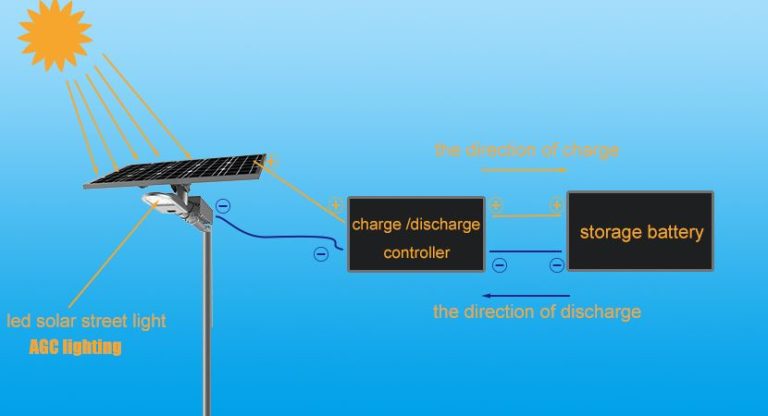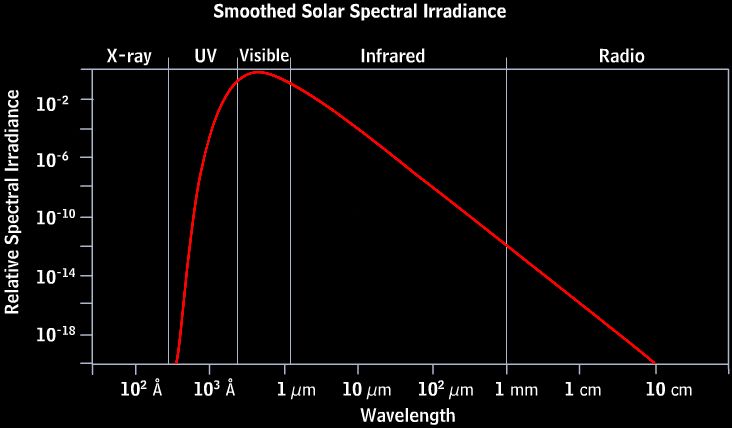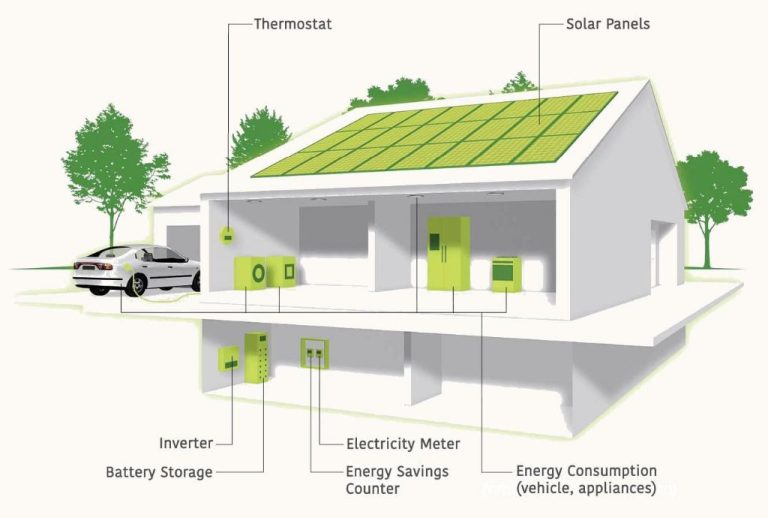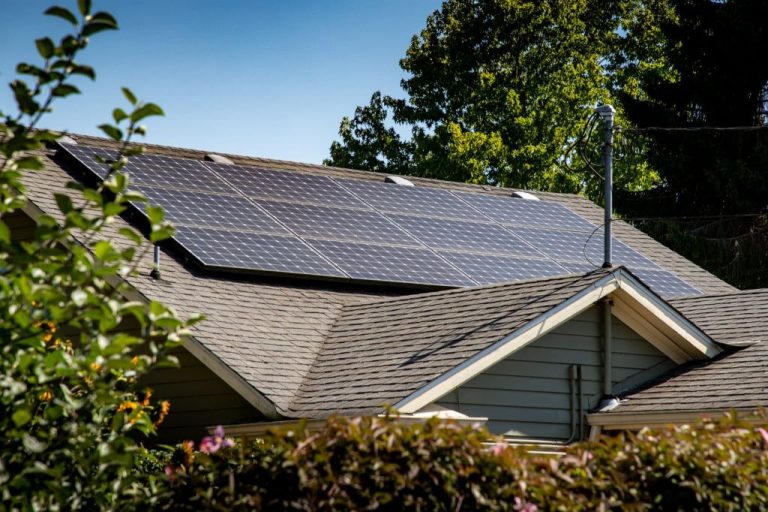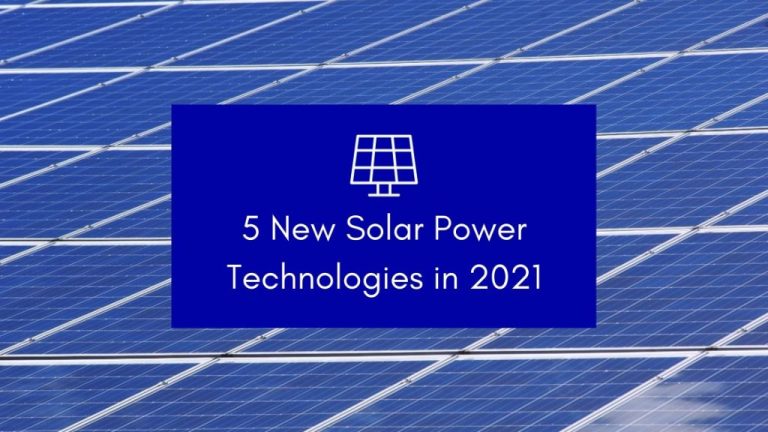Where Is Solar Energy Found And How Is It Gathered?
Solar energy is radiant light and heat from the sun that can be harnessed using various technologies. The sun has produced energy for billions of years, but solar power has only been used widely in modern times. Today, solar energy provides just a small fraction of global energy demand, but it is one of the fastest growing renewable energy sources.
People have utilized solar energy for centuries, using passive solar design in architecture or simple solar ovens for cooking. But it wasn’t until the late 19th century that technology was developed to convert sunlight into usable electricity. In 1954, scientists at Bell Labs in the United States created the first modern silicon photovoltaic (PV) solar cell. Over the next few decades, photovoltaic panels slowly improved and began powering space satellites and small terrestrial applications.
In the 21st century, advances in solar cell technology, manufacturing processes, and economies of scale have dramatically decreased the cost of solar electricity. With concerns about climate change and energy security, solar power is now expanding worldwide as an emissions-free energy source that can supplement or replace fossil fuels. While still a small fraction of global energy, solar is the fastest growing renewable source. With further technological improvements and supportive government policies, solar has the potential to become a major pillar of sustainable energy systems.
Where Solar Energy Comes From
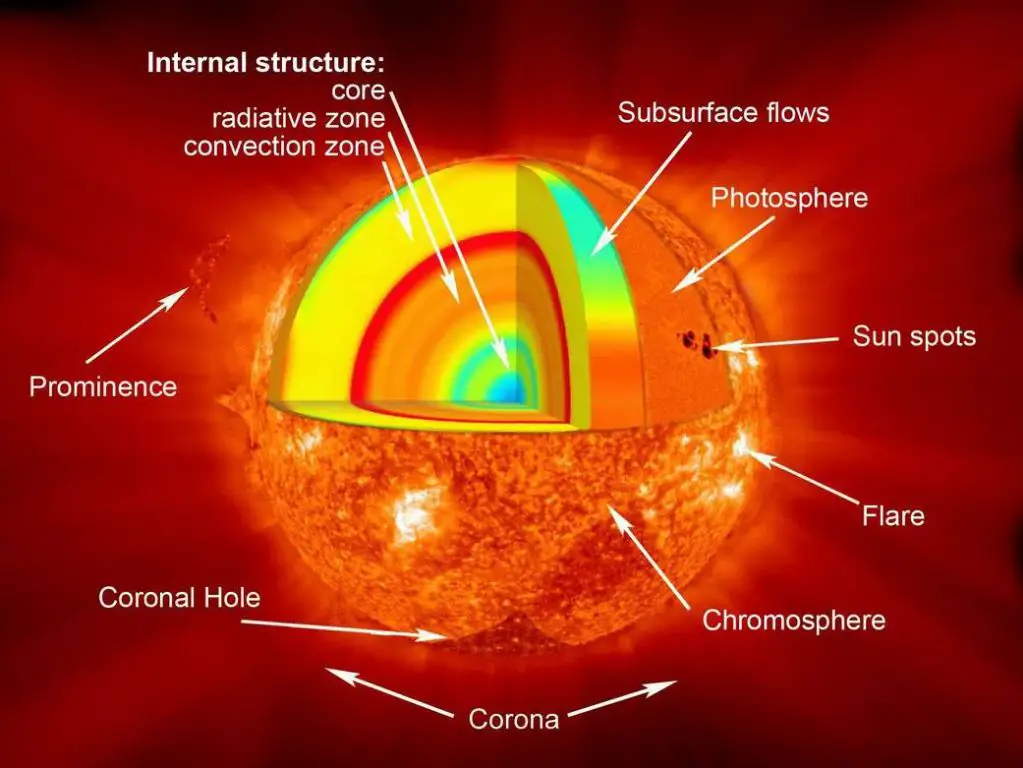
Solar energy originates from the sun. The sun is a massive ball of plasma and gas that undergoes constant nuclear fusion reactions in its core. Through these reactions, hydrogen atoms fuse together to create helium, releasing enormous amounts of energy in the process.
The core of the sun has temperatures over 15 million degrees Celsius. This extreme heat provides the ideal environment for nuclear fusion to occur. As hydrogen atoms collide at these high velocities, they overcome their natural repulsion and join together. This fusion process releases energy in the form of gamma rays and thermal energy.
The thermal energy slowly makes its way outward from the core over millions of years. It gradually passes through the different layers of the sun and eventually reaches the sun’s surface. The sun’s surface, called the photosphere, emits energy as electromagnetic radiation, including visible sunlight. This sunlight then travels the 93 million miles between the sun and Earth.
How Solar Energy Reaches Earth
Solar energy originates from thermonuclear fusion reactions occurring at the core of the sun. Through these reactions, immense amounts of energy are produced in the form of electromagnetic radiation. This radiation emanates outward in all directions from the sun in the form of photons, which are discrete packets of energy.
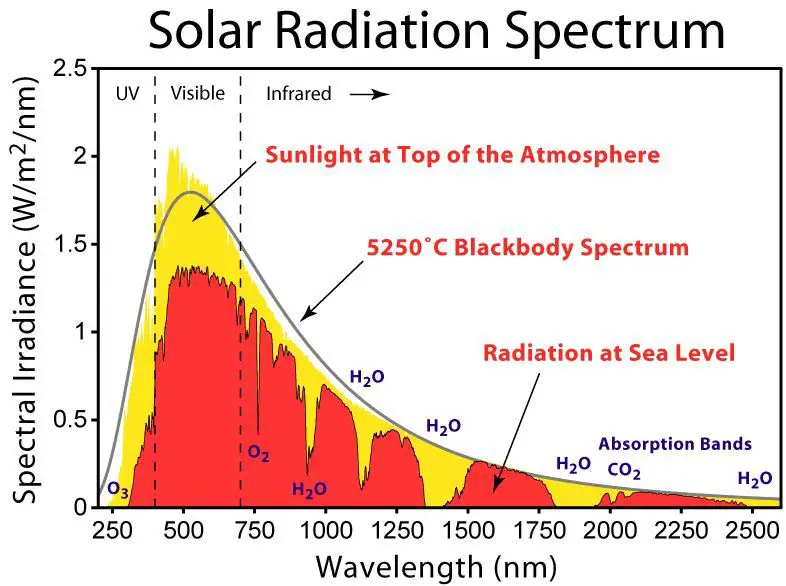
The sun’s radiation passes through space and a portion of it reaches the Earth. The amount of solar radiation that reaches Earth’s outer atmosphere per unit of time and area is known as the solar irradiance. Solar irradiance is measured as power per unit area and is often expressed in units of kilowatts per square meter (kW/m2).
The amount of solar irradiance received at the top of the Earth’s atmosphere fluctuates slightly, averaging around 1,366 watts per square meter. As this radiation enters the Earth’s atmosphere, the gases, aerosols, clouds, and other particulates scatter and absorb some of the radiation. By the time the radiation reaches the Earth’s surface, the global average solar irradiance is approximately 1,000 watts per square meter under clear sky conditions.
Solar Energy Collection Methods
There are several ways that solar energy is collected and converted into usable energy we can take advantage of. The three main methods are:
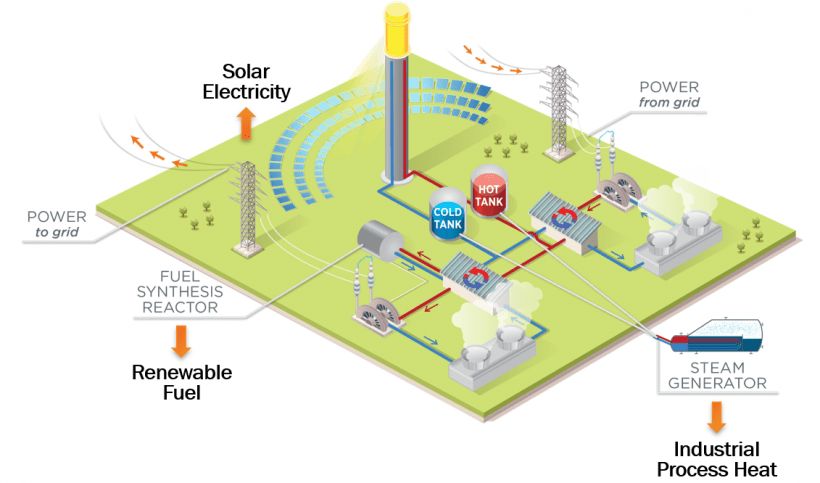
Photovoltaic Solar Panels
Photovoltaic solar panels, or PV panels, are the most common solar technology. They use solar cells made from materials like silicon to directly convert sunlight into electricity through the photovoltaic effect. Arrays of solar panels are mounted together to generate energy. They can be installed on rooftops or ground-mounted systems and connected to the electrical grid to offset a building’s energy usage. PV panel systems do not require direct sunlight and can still produce energy on cloudy days.
Concentrated Solar Power
Concentrated solar power (CSP) systems use mirrors or lenses to concentrate sunlight onto a small area, generating heat which is used to drive a steam turbine and produce electricity. CSP requires direct sunlight and works best in hot, sunny climates. There are different types of CSP technologies like parabolic troughs, solar towers, and solar dishes. CSP plants can include thermal storage, allowing energy to continue being produced when the sun isn’t shining.
Passive Solar Heating and Cooling
Passive solar building design utilizes materials, building orientation, and architectural elements like windows to collect, store, and distribute solar energy for heating and cooling. For example, large south-facing windows allow sunlight to enter and heat absorber materials like tile or concrete during the winter. Strategic landscaping provides shade to reduce heat gain in the summer. Passive solar design takes advantage of natural energy flows without the need for mechanical devices.
Photovoltaic Solar Panels
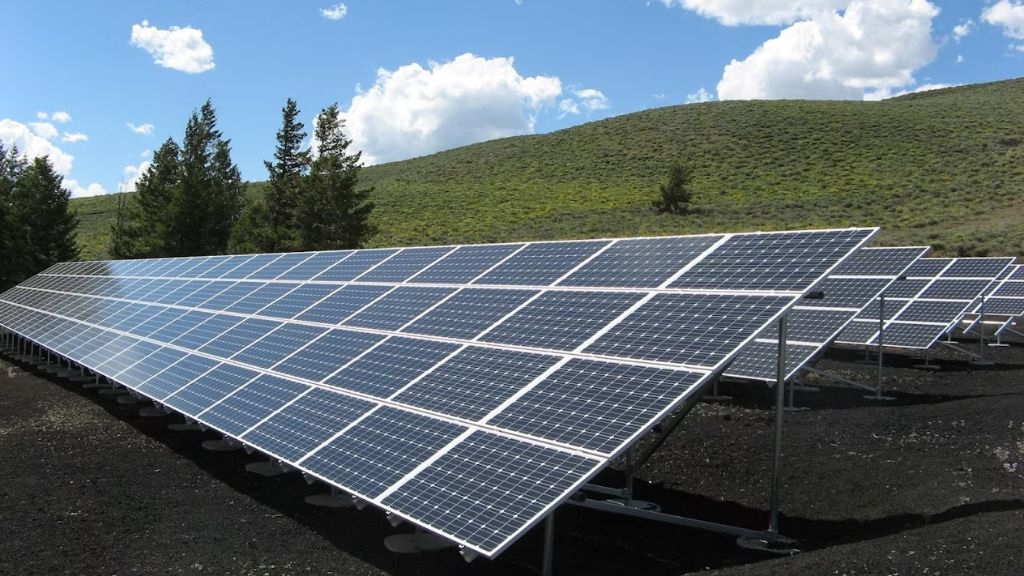
Photovoltaic (PV) solar panels are one of the most common ways to harvest energy from the sun. They use solar cells made up of semiconducting materials like silicon to convert sunlight directly into electricity through the photovoltaic effect. When photons from sunlight hit the solar cell, they transfer their energy to the semiconductor material, causing electrons to break free and flow through the material and produce an electric current.
PV solar panels are made up of many individual solar cells wired together. The most common type is crystalline silicon cells, which can be either mono-crystalline (made from a single crystal of silicon) or multi-crystalline (made from many silicon crystals). Other types include thin-film solar cells using amorphous silicon or cadmium telluride. Solar panel efficiency ranges from 15-22% for residential panels up to 30% for cutting-edge research cells, with mono-crystalline silicon panels typically being the most efficient.
PV solar panels produce direct current (DC) electricity. They can be mounted on rooftops, integrated into building materials, or installed in large-scale solar farms to produce electricity on a utility scale. Their modular nature makes them scalable and flexible for many different applications.
Concentrated Solar Power
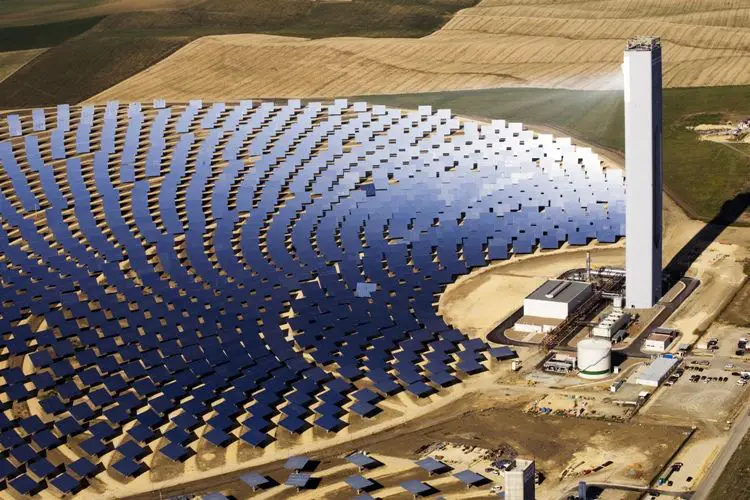
Concentrated solar power (CSP) systems generate solar power by using mirrors or lenses to concentrate sunlight onto a small area, such as a fluid container or photovoltaic panels. This concentrated light is converted to heat, which drives a heat engine and generator to produce electricity. There are three main types of CSP technologies:
Parabolic Troughs
Parabolic trough systems use long, U-shaped mirrors to focus sunlight onto a receiver tube that runs along the focal line of the trough. A fluid, typically oil, flows through the tube and is heated to approximately 400°C. The hot fluid is then used to boil water, which drives a steam turbine connected to a generator to produce electricity.
Power Towers
Power tower systems, also known as central tower systems, use a field of flat, sun-tracking mirrors known as heliostats to reflect and concentrate sunlight onto a receiver on top of a tall tower. The focused sunlight heats molten salt flowing through the receiver to over 500°C. The molten salt retains the heat, so it can generate steam and electricity even when the sun isn’t shining.
Dish/Engine Systems
Dish/engine systems use dish-shaped parabolic mirrors to concentrate sunlight onto a receiver at the focal point of the dish. The concentrated sunlight heats gas, typically hydrogen or helium, in the receiver to run a heat engine attached to an electric power generator. Each dish/engine unit is a self-contained system typically capable of power outputs up to 25 kW.
Passive Solar Heating and Cooling
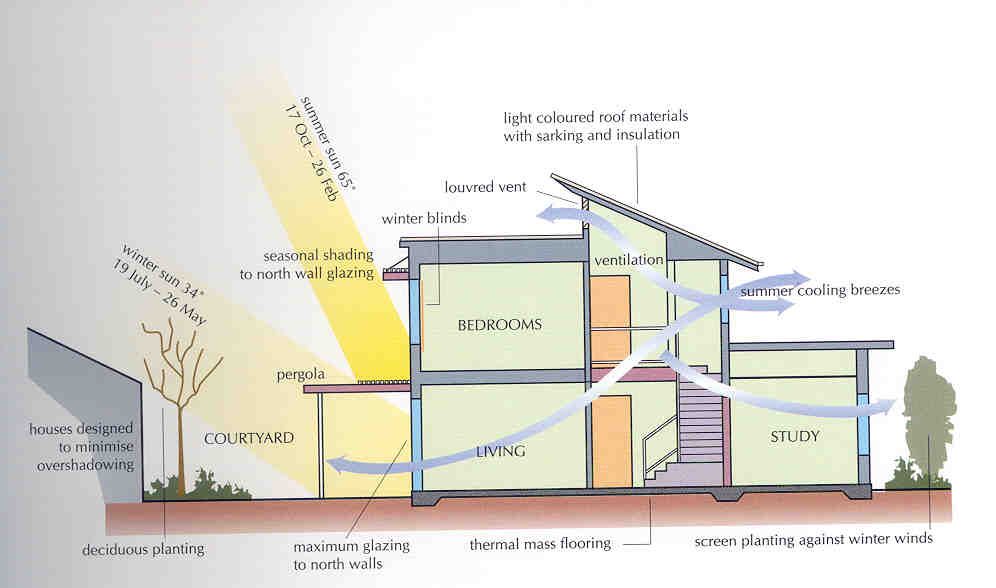
Passive solar heating and cooling takes advantage of sunlight and airflow to regulate the temperature of buildings without relying on mechanical HVAC systems. This approach utilizes the building’s design and orientation to maximize solar heat gain in the winter and minimize it in the summer. There are three primary passive solar techniques:
Building Orientation: Proper orientation takes advantage of seasonal changes in the sun’s path across the sky. Windows on the south side collect more sunlight in winter when the sun is low in the sky, while eaves and overhangs block high summer sun. North-facing windows invite cooling breezes in summer but avoid cold winter winds.
Thermal Mass: Materials like concrete, stone, and tile absorb and slowly release heat. They help moderate indoor temperatures by storing warmth from the winter sun and cooling from summer breezes. Strategically placed thermal mass stabilizes interior temperatures.
Strategic Window Placement: Windows, glazing, and shading should be designed for seasonal solar needs. South-facing glass admits winter sun but is shaded from summer sun with overhangs. North-facing windows enhance natural ventilation in warm months. Insulated glass and low-emissivity coatings reduce heat loss in winter.
Skillful passive solar techniques can dramatically reduce the energy needed for heating and cooling. With proper siting, orientation, and design, buildings can maintain comfortable temperatures year-round with minimal mechanical assistance.
Challenges of Solar Power
While solar power offers many benefits, it also comes with some unique challenges that the industry continues working to address. Three of the main challenges with solar power are:
Intermittency
One of the biggest challenges with solar power is its variability based on weather and time of day. Solar panels only produce power when the sun is shining, and output varies depending on cloud cover. This intermittency means solar power can’t provide consistent base load power around the clock like fossil fuels or nuclear.
Storage Solutions
Because solar power is intermittent, storage is a key challenge. Batteries can store solar energy for use when the sun isn’t shining, but they add significant cost. New storage technologies like pumped hydro and compressed air storage are being developed to provide grid-scale solar storage.
High Upfront Costs
While ongoing costs of solar power are minimal, the upfront installation costs can be prohibitive. Prices have dropped drastically in recent years but are still a barrier to wider adoption. Loans, incentives, and new business models are helping expand access to solar by defraying the initial capital costs.
Growth of Solar Energy
The use of solar energy has grown rapidly in recent years due to falling prices and supportive government policies. The costs of solar panels and installation have dropped dramatically, making solar power cost-competitive with fossil fuels in many parts of the world. Prices have fallen over 70% in the last decade thanks to improvements in manufacturing and economies of scale as the solar industry has expanded.
Governments have also enacted tax credits, rebates, and other incentives to encourage solar adoption. Many countries now have renewable energy standards that require utilities to source a percentage of their electricity from solar and other renewables. These policies have helped drive massive growth in solar installations worldwide.
Projections indicate that solar will continue its rapid growth in the coming decades. The International Energy Agency predicts solar PV capacity could grow from about 600 gigawatts today to over 8,500 gigawatts by 2050 under a sustainable development scenario. With costs expected to keep falling and supportive policies remaining in place, solar is poised to become one of the main sources of electricity generation globally.
The Future of Solar
Solar energy is poised to play an increasingly important role in the global energy landscape in the coming decades. A number of factors point to strong continued growth for solar power in the future.
Several emerging technologies could further improve solar energy’s efficiency and capabilities. Some key areas of innovation include quantum dot solar cells, perovskite solar cells, organic photovoltaic cells, and solar concentrators. Research is also underway exploring the potential of solar energy in space through space-based solar power. These innovations could dramatically lower costs and expand applications for solar power.
Growth projections indicate solar power may supply up to 20% of global electricity needs by 2027. Some experts estimate solar energy could become the world’s largest source of electricity by mid-century. With supportive policies and sustained technology improvements, solar is expected to play a major part in the global transition away from fossil fuels.
Solar energy will be a critical tool in fighting climate change. As a clean, renewable source of power with minimal carbon emissions, scaling up solar can significantly reduce greenhouse gas emissions from electricity generation. Widespread adoption of solar power will be key for countries and corporations to achieve their emissions reduction goals and build climate-friendly energy systems.

